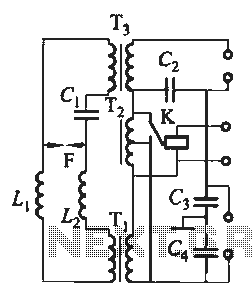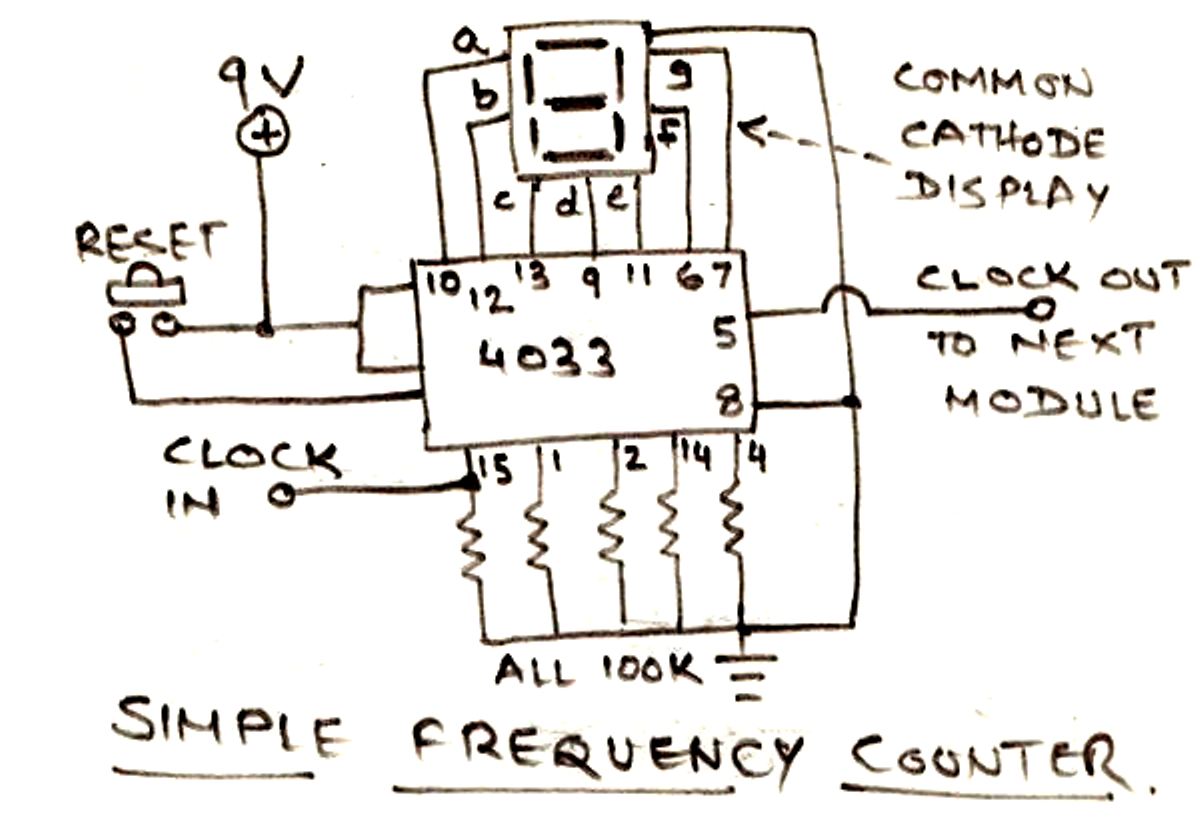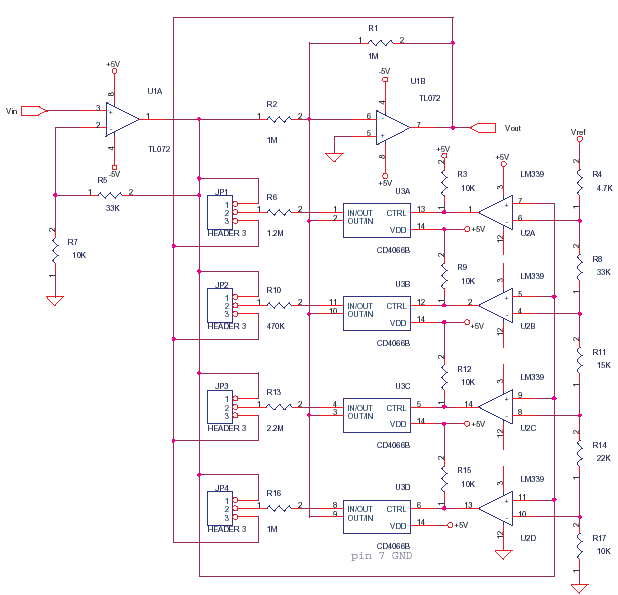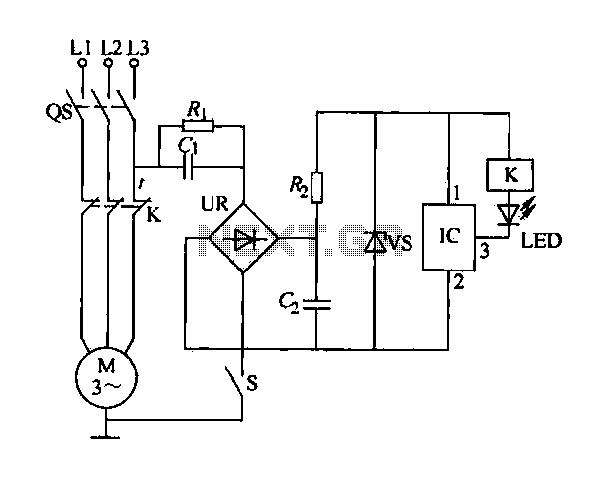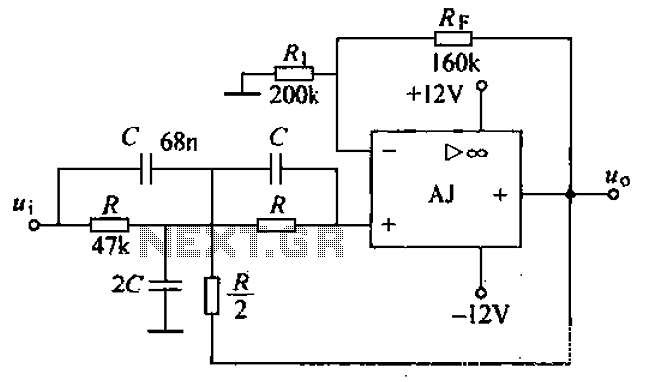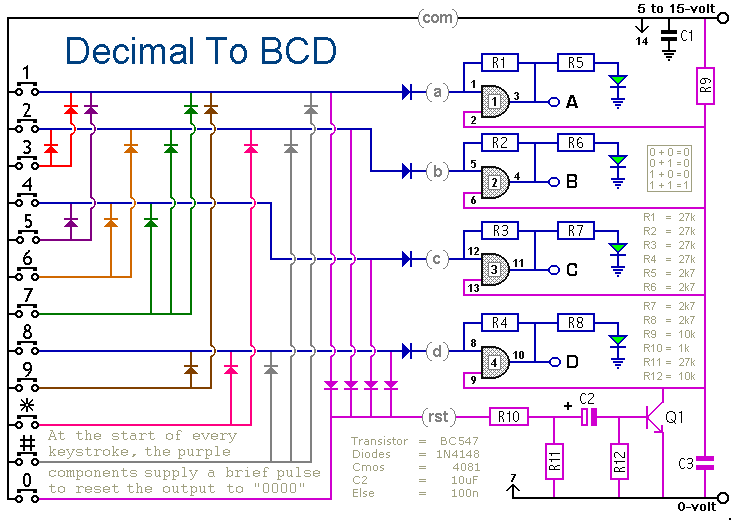
Gas Meter circuit
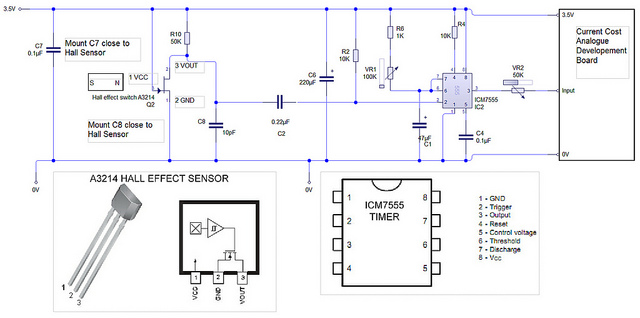
Meteoplug is a client-server application. The client application requires minimal storage and computing power, enabling it to be embedded in small devices with low power demands, typically around 1 watt (or 1-2 watts depending on power supply efficiency). These clients upload weather data to an internet server that stores it and provides a wide range of computations and services. The server application, built on a professional database, can manage hundreds of clients simultaneously. Each user has access to their private weather data, and the server operates similarly to a dedicated device. Although the server is a full-fledged computer that consumes significant power, sharing it among many users results in an additional power consumption of only about 1 watt per user. A magnetic pulse is emitted from the gas meter with each complete revolution of the 1000th dial. The A3214 Hall effect sensor is activated, causing the output to drop to zero volts. This change is detected at the input of the ICM555 timer IC through capacitor C2, which prevents the input from remaining low if the gas meter dial stops at zero. The ICM555 timer is configured in a monostable mode, with the timing determined by resistors R6, VR1, and capacitor C1. When triggered by the Hall effect sensor, the output is sustained long enough for the Current Cost board to relay its output to the CC128 display (approximately 6 seconds). VR2 can be adjusted to show the required power level on the CC128 display. The gas meter's 1000th ring completes a turn in about 18 seconds with the boiler operating at full power, allowing ample time for the Current Cost board to be activated and released before the next pulse from the 1000th ring. Currently, the circuit is powered by a couple of AA batteries to provide the necessary 3V, utilizing a low-power version of the 555 timer. Battery life will be monitored before considering a switch to mains power, which would allow for the use of a standard 555 timer.
Meteoplug operates as an efficient client-server architecture designed for weather data management. The client component is optimized for low resource utilization, making it suitable for integration into compact devices with stringent power requirements. This design allows for deployment in various environments while maintaining functionality. The server component is robust, capable of processing data from numerous clients concurrently, ensuring that users can access their weather data seamlessly.
The system's interaction with the gas meter is facilitated through the A3214 Hall effect sensor, which plays a critical role in detecting the movement of the gas meter's dial. Each pulse generated by the gas meter is accurately captured, allowing for precise monitoring of gas consumption. The integration of the ICM555 timer IC ensures that the system can respond to these pulses effectively, with the monostable configuration providing a reliable output duration for data transmission to the CC128 display.
The circuit's design incorporates a feedback mechanism through capacitor C2, which ensures that transient conditions do not lead to erroneous readings. This attention to detail in the timing circuitry is essential for maintaining accuracy in data representation. The adjustable resistor VR2 allows for user customization of the display settings, enhancing the user experience by providing relevant information regarding power consumption.
Power management is a crucial aspect of the design, with initial testing conducted using AA batteries to assess the longevity of the circuit under typical operating conditions. The potential transition to a mains supply offers the opportunity to utilize more conventional components, such as a standard 555 timer, which may enhance performance and reliability.
Overall, the Meteoplug system exemplifies a well-engineered solution for real-time weather data collection and monitoring, integrating various electronic components to achieve a functional and efficient design.Meteoplug is a client-server. The client application needs minimal storage and computing power, which allows for embedding into "computers" of minimal size and with minimal power demands down to1 watt(depending on efficiency of power supply itcan be 1-2 watts more on mains). These clients upload weather data to a server on the internet which stores it and provides a broad range of computations and services. The server application is based on a professional database and can handle hundreds of clients simultaneously. Each user has access to his private weather data and the server application acts like being a dedicated device.
The server is a full-fledged computer which consumes quite some power, but by being shared by hundreds of users this just adds another 1 watt on total power consumption per user. On each complete revolution of the 1000th dial a magnetic pulse is emitted from the gas meter. The A3214 hall effect sensor is triggered and the output drops to zero volts. The change is detected at the input of the ICM555 timer IC via the capacitor C2. C2 prevents the input of the 555 timer IC from being held low if the gas meter dial stops at zero. The ICM555 timer is configured as a monostable with time set by R6, VR1 and C1. When triggered by the hall effect sensor the output is held long enough for the Current Cost board to send its output to the CC128 display (around 6 seconds).
VR2 can be adjusted to display the power level required on the CC128 display. My gas meter 1000th ring turns in around 18 seconds with my boiler on full power so there is plenty of time for the Current cost board to be triggered and released before the next pulse from the 1000th ring. At present I run the circuit from a couple of AA batteries to get the 3v required and use a low power version of a 555 timer.
I will see how long the batteries last before switching to a mains supply. If mains supply is going to be used then a standard 555 timer could be used instead. 🔗 External reference
Meteoplug operates as an efficient client-server architecture designed for weather data management. The client component is optimized for low resource utilization, making it suitable for integration into compact devices with stringent power requirements. This design allows for deployment in various environments while maintaining functionality. The server component is robust, capable of processing data from numerous clients concurrently, ensuring that users can access their weather data seamlessly.
The system's interaction with the gas meter is facilitated through the A3214 Hall effect sensor, which plays a critical role in detecting the movement of the gas meter's dial. Each pulse generated by the gas meter is accurately captured, allowing for precise monitoring of gas consumption. The integration of the ICM555 timer IC ensures that the system can respond to these pulses effectively, with the monostable configuration providing a reliable output duration for data transmission to the CC128 display.
The circuit's design incorporates a feedback mechanism through capacitor C2, which ensures that transient conditions do not lead to erroneous readings. This attention to detail in the timing circuitry is essential for maintaining accuracy in data representation. The adjustable resistor VR2 allows for user customization of the display settings, enhancing the user experience by providing relevant information regarding power consumption.
Power management is a crucial aspect of the design, with initial testing conducted using AA batteries to assess the longevity of the circuit under typical operating conditions. The potential transition to a mains supply offers the opportunity to utilize more conventional components, such as a standard 555 timer, which may enhance performance and reliability.
Overall, the Meteoplug system exemplifies a well-engineered solution for real-time weather data collection and monitoring, integrating various electronic components to achieve a functional and efficient design.Meteoplug is a client-server. The client application needs minimal storage and computing power, which allows for embedding into "computers" of minimal size and with minimal power demands down to1 watt(depending on efficiency of power supply itcan be 1-2 watts more on mains). These clients upload weather data to a server on the internet which stores it and provides a broad range of computations and services. The server application is based on a professional database and can handle hundreds of clients simultaneously. Each user has access to his private weather data and the server application acts like being a dedicated device.
The server is a full-fledged computer which consumes quite some power, but by being shared by hundreds of users this just adds another 1 watt on total power consumption per user. On each complete revolution of the 1000th dial a magnetic pulse is emitted from the gas meter. The A3214 hall effect sensor is triggered and the output drops to zero volts. The change is detected at the input of the ICM555 timer IC via the capacitor C2. C2 prevents the input of the 555 timer IC from being held low if the gas meter dial stops at zero. The ICM555 timer is configured as a monostable with time set by R6, VR1 and C1. When triggered by the hall effect sensor the output is held long enough for the Current Cost board to send its output to the CC128 display (around 6 seconds).
VR2 can be adjusted to display the power level required on the CC128 display. My gas meter 1000th ring turns in around 18 seconds with my boiler on full power so there is plenty of time for the Current cost board to be triggered and released before the next pulse from the 1000th ring. At present I run the circuit from a couple of AA batteries to get the 3v required and use a low power version of a 555 timer.
I will see how long the batteries last before switching to a mains supply. If mains supply is going to be used then a standard 555 timer could be used instead. 🔗 External reference
